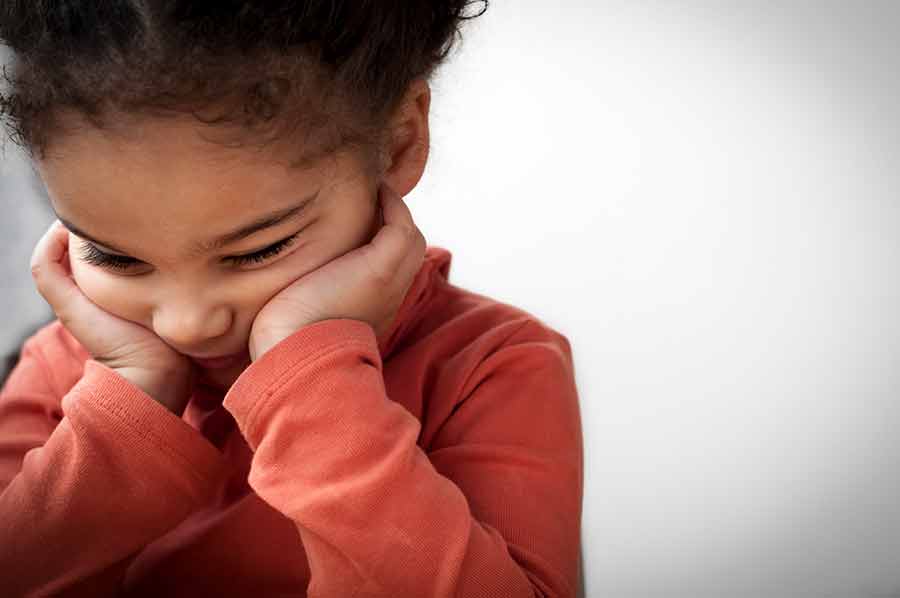Intro
Children and grief are two words that should never have to go together, yet unfortunately, they often do. Navigating through the loss of a loved one can be a challenging and confusing time for children, as they try to make sense of their emotions and come to terms with the reality of death. In this blog post, we will explore the importance of having honest conversations with children about grief, offering tips on how to help them process their feelings in a healthy and constructive way.
Understanding How Children Process Grief Differently


The journey through grief is a deeply personal experience, and this holds true for children just as much as it does for adults. It’s imperative to grasp that children do not mirror adults in their grieving process; their understanding and expression of loss evolve as they grow, influenced by their developmental stage, emotional maturity, and unique personality. A young child may regress to behaviors of earlier developmental stages, such as bedwetting or clinging, as a manifestation of their grief. School-aged children might grapple with the permanence of death, leading to a myriad of questions about the deceased and possibly guilt or anger over unresolved issues. Adolescents, navigating their own path toward independence, might withdraw, seeking solace in peer groups or immersing themselves in activities to avoid the pain of loss.
Acknowledging these differences is vital in providing the appropriate support. What is paramount is observing without imposing our adult interpretations of grief onto them. Their methods of coping, seemingly perplexing or indirect—such as play or storytelling—can often be their way of processing loss. Therefore, it’s crucial to offer various avenues for expression, understanding that a child’s way of showing grief can fluctuate wildly from one day to the next. Patience and attentiveness, coupled with an openness to engage in dialogue on their terms, lay the foundation for healing. In doing so, we affirm their feelings, letting them know they are not alone in their journey, and that their unique way of grieving is both respected and understood. This compassionate approach allows us to meet children where they are, helping them to navigate the complexities of grief in a manner that fosters resilience and understanding.
Recognizing the Signs of Grief in Children
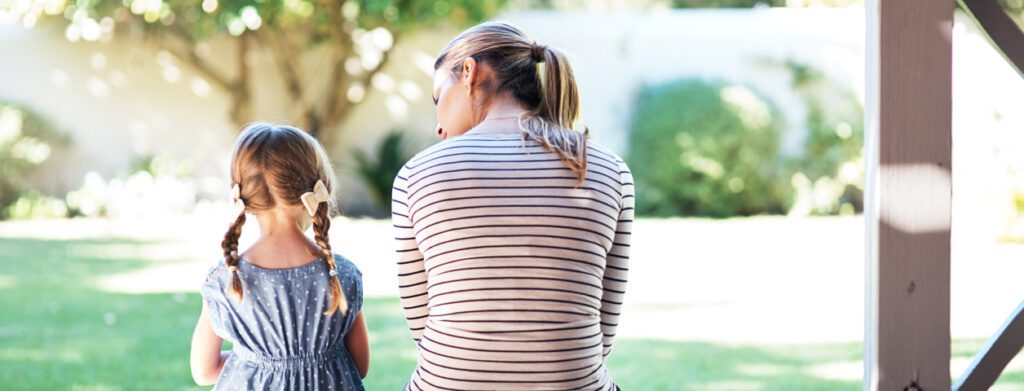

When a child is navigating the depths of grief, their outward expressions may not always mirror the turmoil within. It’s essential for those around them—parents, caregivers, educators—to be perceptive to the subtle and, at times, unexpected indicators that a child is grappling with loss. These signs can manifest in a spectrum of emotional and behavioral changes that require a compassionate and observant eye to discern.
Children in the throes of grief might oscillate between sadness and anger, or they may seek refuge in solitude, pulling away from friends and activities they once enjoyed. It’s not uncommon for grief to express itself through physical complaints as well, such as unexplained headaches or stomachaches, which serve as a somatic language for their emotional pain. A decrease in academic performance or a lack of concentration can also be indicative of a child’s struggle with loss.
In recognizing these signs, the importance of creating a nurturing environment cannot be overstated—an environment where children feel safe to unveil their emotions, without the fear of being misunderstood or dismissed. This attentiveness to their altered behaviors and emotional states is the first step in offering the support and understanding they so deeply need.
Observing these changes also calls for a gentle approach, inviting conversations that may not always lead to immediate revelations but signal to the child that they are not alone. Each sign, whether it’s a word unspoken or a tear shed in silence, is a call for connection, understanding, and care. By being attuned to these signals, we can guide them towards expressing their grief in ways that pave the path for healing and resilience.
Encouraging Open and Honest Communication
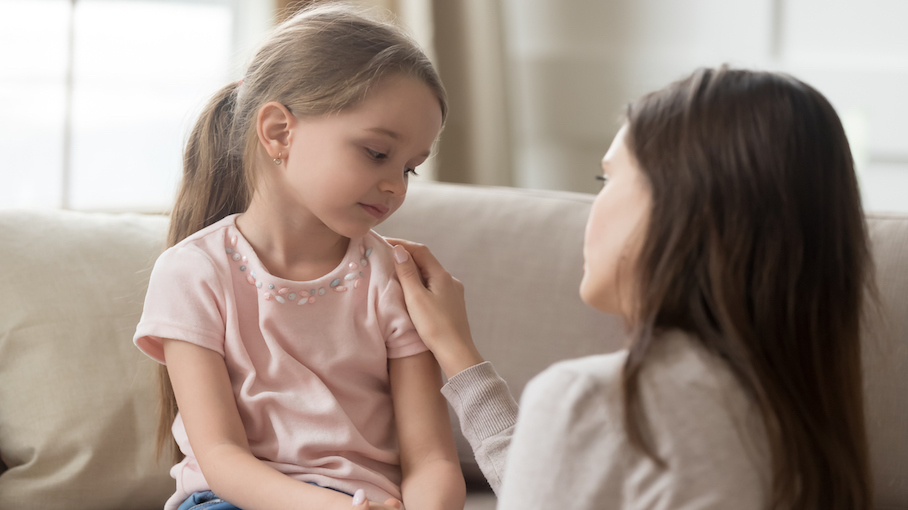

Fostering an environment where open and honest communication flourishes is pivotal when guiding children through their journey of grief. It is in these spaces that children feel empowered to unveil their innermost thoughts and feelings, navigating the complexities of loss with trust and transparency. Encouraging them to voice their questions, to share the treasured memories of their loved ones, and to articulate their emotions lays a foundation of support and validation. This approach underscores the importance of acknowledging their pain while also reassuring them that their feelings, no matter how tangled or raw, have a rightful place in the conversation.
The creation of such a nurturing environment requires patience, empathy, and an unwavering presence. It’s about giving children the assurance that their emotions will be met with understanding rather than judgment, allowing them to express themselves freely and without fear. Engaging in activities together, such as reading books about grief or drawing, can serve as gentle gateways to conversations about loss, making it easier for children to open up in their own time and on their own terms.
Moreover, modeling open communication ourselves demonstrates to children that it is okay to not have all the answers and that vulnerability in expressing one’s feelings is both valued and respected. By showing a willingness to listen and a readiness to share our emotional world, we help children recognize that grief is a shared journey, one that does not have to be navigated in isolation. Through these shared moments of honesty and openness, we not only foster a deeper connection but also instill a sense of hope and resilience, illuminating a path forward through the darkness of grief.
The Role of Rituals in Processing Grief
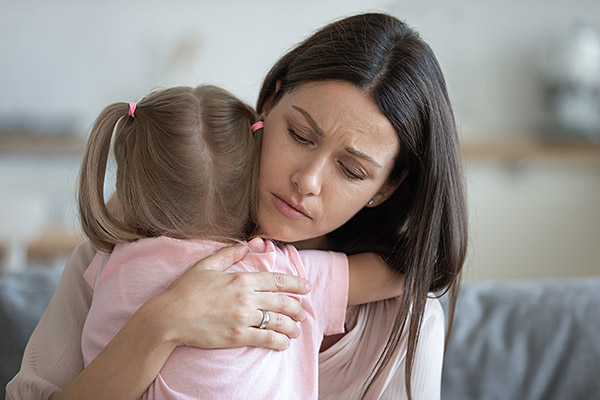

Rituals serve as a comforting embrace for children engulfed in the shadows of grief, offering them a bridge between the past and the present, the tangible and the intangible. These ceremonies and practices, tailored to the heart and soul of the child’s experience, can become a powerful tool in their healing journey. Whether it’s lighting a candle on a significant date, visiting a cherished place that holds memories of the loved one, or perhaps planting a tree in their honor, rituals help children to externalize their internal world of loss and longing.
Creating a space for these acts of remembrance and honor allows children to feel connected to the person they have lost, nurturing a sense of continuity and presence that transcends the physical separation. It’s a way for them to affirm that, although their loved one is no longer here in the same way, the love and the bond they share will always endure. Engaging in rituals also gives children permission to express their grief openly, validating their feelings and helping them understand that grieving is a natural, important part of the healing process.
Moreover, through the shared experience of rituals, children can feel the support and solidarity of those around them. Participating with family members or friends in these acts of remembrance fosters a collective healing process, reinforcing the idea that they are not alone in their grief. It’s a poignant reminder that love, just like the rituals that celebrate and honor it, knows no bounds.
In embracing the role of rituals in processing grief, we offer children a compassionate pathway through their sorrow, guiding them gently towards healing and remembrance with every candle lit, every tree planted, every memory cherished.
Using Creative Outlets to Help Children Express Their Grief
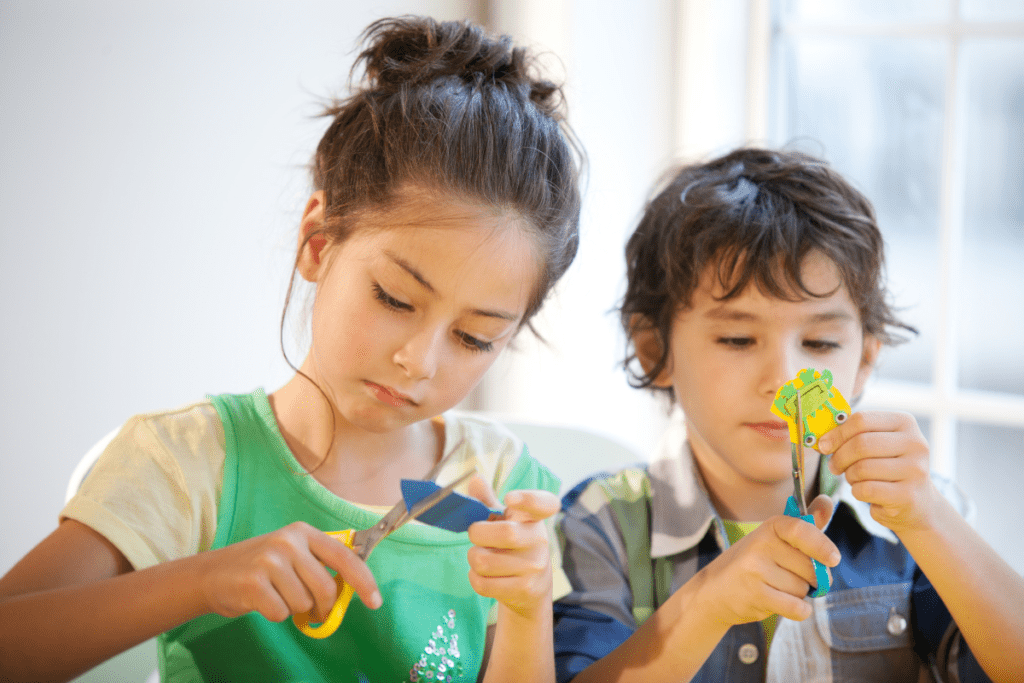

In the realm of children and grief, words may not always suffice in conveying the depth of their sorrow. It’s here that creative outlets can play a transformative role, providing a sanctuary for unspoken emotions to surface and find expression. Art, with its boundless forms and hues, allows children to paint their feelings in a spectrum of colors, giving shape to the grief that eludes verbal description. Music, too, offers a powerful conduit for emotion, whether through the creation of melodies or finding solace in the songs that echo their inner turmoil. Writing, whether it’s journaling or crafting stories, provides a canvas for children to articulate their journey through loss, offering a narrative to the chaos of emotions that grief entails.
Moreover, play, often overlooked in its therapeutic value, serves as a critical mode of expression for younger children. Through play, they can enact scenarios, sometimes replaying moments with their lost loved one or expressing wishes for their return, thus navigating their understanding of permanence and loss.
By embracing these creative modalities, we encourage children to explore and express their grief without the confines of right or wrong. It’s a process that not only facilitates healing but also honors their unique relationship with the person they’ve lost. Each drawing, note, or story becomes a testament to their love and a step towards healing.
Guiding children towards these outlets requires sensitivity and patience, understanding that each child’s creative journey is deeply personal. The goal is not to interpret or direct, but to support and provide the resources they need to express their grief in ways that are meaningful to them. Through this encouragement, we offer children a path through their grief, illuminated by their own creativity and resilience.
The Importance of Routine During Times of Loss
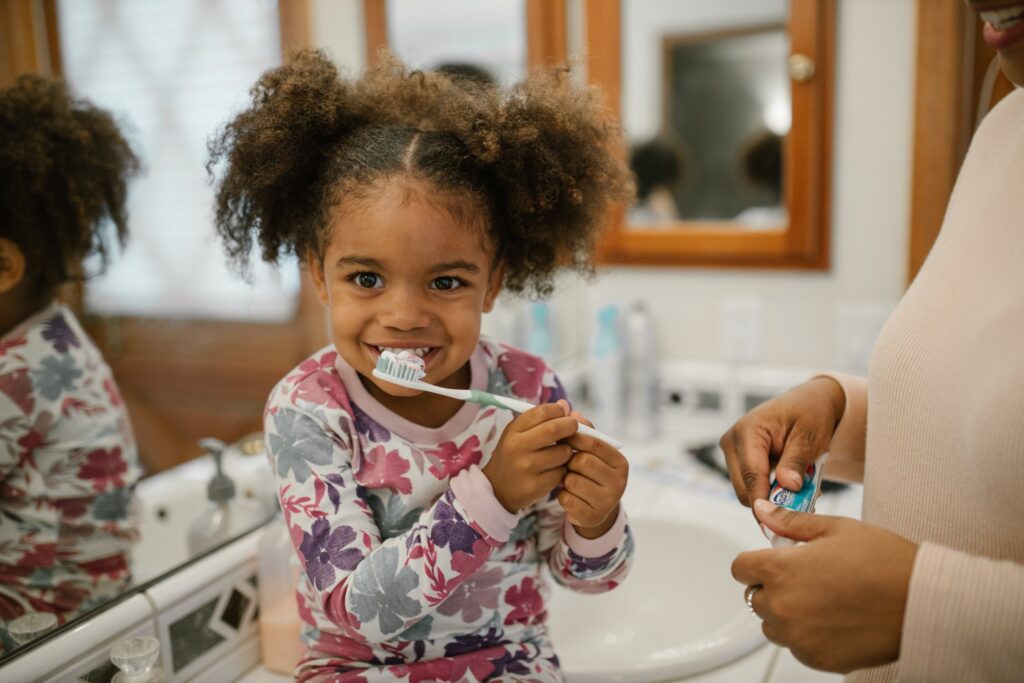

In the whirlwind of emotions that accompanies grief, the familiarity of routine can be a soothing balm for children. When the world seems unpredictable and frightening in the wake of a loss, maintaining daily habits and structures offers a comforting sense of normalcy. It’s crucial, though, to balance this routine with empathy, recognizing when adjustments are needed to accommodate moments when the grief feels insurmountable.
Routines don’t just keep the days structured; they reassure children that despite the profound changes in their lives, some things remain constant. This constancy can be as simple as family meals at the usual times, bedtime stories, or the daily walk to school. These moments, predictable and secure, become safe harbors in the storm of their emotions, signifying that while much has changed, love and care persist.
Yet, it’s important to convey to children that it’s okay to step away from these routines when they need to honor their feelings. A day might come when the weight of their grief makes going to school or participating in an activity feel impossible, and that’s perfectly acceptable. It’s these times that the routine should flexibly accommodate their needs for rest, reflection, or a different form of comfort.
Incorporating new rituals into the routine can also be healing. Perhaps adding a moment at the beginning or end of each day to remember the loved one, or a weekly activity that the child associates with the person they’ve lost, can blend the benefits of structure with the healing process of remembrance.
Ultimately, while routines provide a framework of stability, they should also evolve to reflect a compassionate understanding of the child’s ongoing journey through grief, serving as a gentle guide back to a sense of security and normalcy.
Seeking Professional Help When Needed
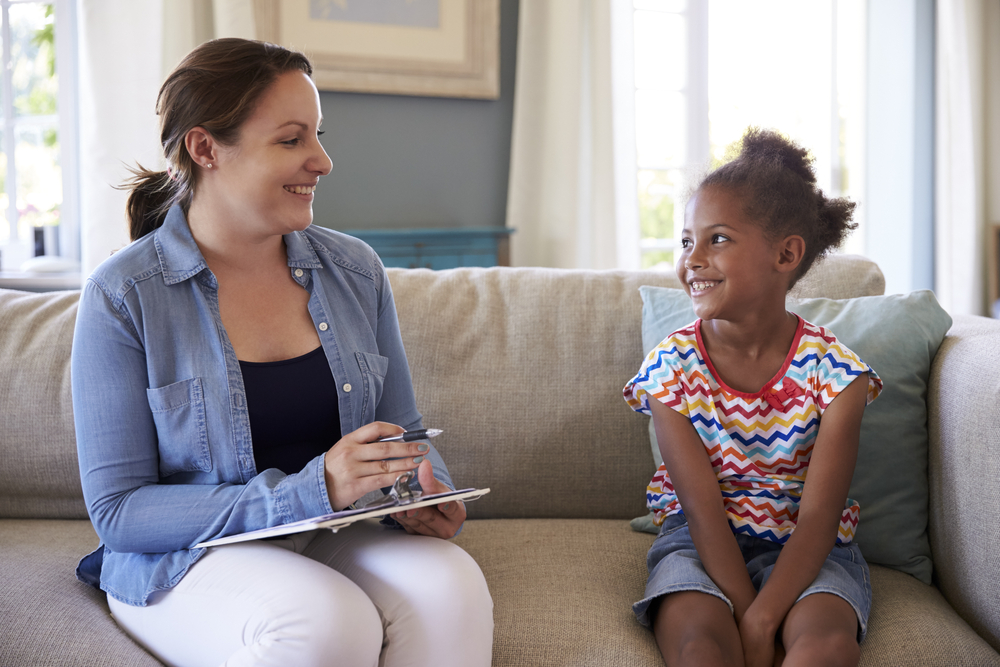

At times, the labyrinth of grief may prove too intricate for a child to navigate alone, despite the love and support provided by family and friends. Recognizing when it’s time to seek professional assistance is a crucial step in ensuring a child receives the comprehensive care they need. A child’s persistent struggle with grief, marked by a profound impact on their daily life and happiness, signals the need for this specialized guidance.
Turning to a therapist or counselor who has expertise in childhood grief can be a beacon of hope for both the child and their caregivers. These professionals are adept at offering strategies tailored specifically to children, helping them articulate feelings they might not have the words for and facilitating healing in ways that resonate with their young hearts and minds. Engaging with a specialist provides a safe space for children to explore their emotions under the gentle guidance of someone who understands the nuances of their experience.
It’s essential to approach this decision with sensitivity, ensuring that the child understands seeking help is a step towards healing, not a sign of weakness or a burden. In this journey, reinforcing the notion that it’s okay to accept help from others can be a powerful lesson in resilience and strength.
Remember, it takes a village to support a grieving child. By embracing the option of professional help, we expand our circle of support, offering children additional tools for coping and healing. This step is not about relinquishing our role in their lives but enriching the network of care that surrounds them, illuminating the path toward hope and recovery with expertise and empathy.
How to Support Grieving Children as a Community


In the collective embrace of a community, grieving children find a tapestry of support that can significantly lighten the burden of their sorrow. This expansive network, inclusive of teachers, peers, and extended family, plays a pivotal role in offering solace and understanding. When a community rallies together, it sends a powerful message to the child: you are not alone.
Schools can foster this environment by integrating grief education into the curriculum, empowering students and staff with the knowledge to support one another. Teachers can be particularly influential, providing a stable presence and an attentive ear. Similarly, extracurricular activities and community groups can be safe havens for expression and healing, allowing children to engage in life’s rhythms among those who care.
Encouraging open dialogue about loss and grief helps to dismantle the stigma, making it easier for children to share their feelings. Communities can also organize support groups or workshops that focus on creative outlets for grief, such as art therapy sessions or storytelling circles, which offer both an outlet for expression and a sense of belonging.
In every gesture, small or large, from a kind word to organized support, communities have the extraordinary ability to wrap children in a quilt of compassion, fostering resilience. By taking collective action, we affirm our commitment to walking alongside them, through the valleys of grief and beyond, nurturing a landscape of hope and healing that they do not have to navigate alone.
Nurturing Hope and Resilience in the Face of Loss


In guiding children through the landscape of grief, our ultimate beacon is to kindle the flames of hope and resilience that lie within them. It’s about showing them that the sorrow they carry, while profound, is just one facet of their vast emotional spectrum. Encouraging them to embrace life’s moments of joy and laughter, even in the midst of pain, can teach them that grief and happiness can coexist. By fostering a mindset where they can acknowledge their loss without being consumed by it, we help them build an inner strength that will carry them through life’s ups and downs. This journey involves gentle reminders of their own capabilities, affirming their potential to overcome challenges and find fulfillment beyond their current sorrow. Empowering them with this perspective paves the way for a future where they can look back on their journey of grief with wisdom and grace, recognizing it as a profound part of their story but not the entirety of it. In this nurturing process, hope becomes more than a concept—it transforms into a tangible lifeline, guiding them toward a horizon filled with possibilities and new beginnings.
